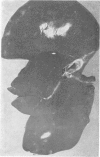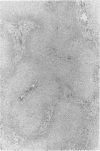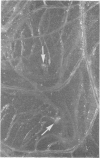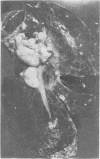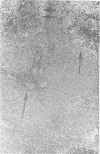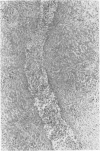Abstract
Four pony foals were inoculated with Strongylus edentatus infective larvae and on days 3 and 4 postinfection two of the ponies were treated with thiabendazole, each at the rate of 440 mg/kg of body weight. Total circulating eosinophil counts in untreated ponies increased to over 1700 per cu mm after the second week postinfection. In the treated ponies as well as in an uninfected untreated pony eosinophil counts did not increase beyond 100 per cu mm. At necropsy on day 35 postinfection the cecum, colon and omentum of treated ponies were normal and few tracks were present on the surface of the liver. In untreated ponies nodules were observed on the serosal surface of the cecum and right ventral colon and white foci and tracks were numerous on the surface of the liver. A total of 53 fourth stage larvac was recovered from the livers of the thiabendazole treated ponies and 1194 from the untreated ones.
Full text
PDF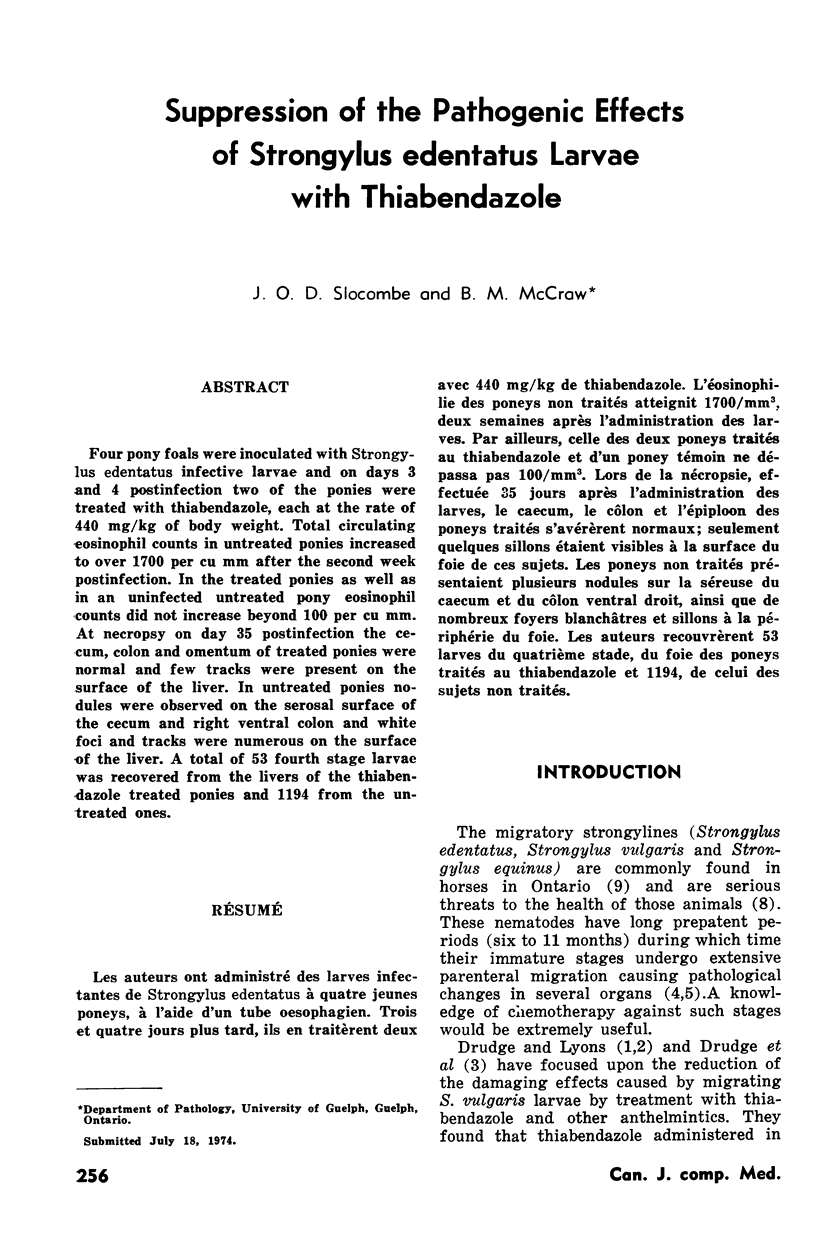
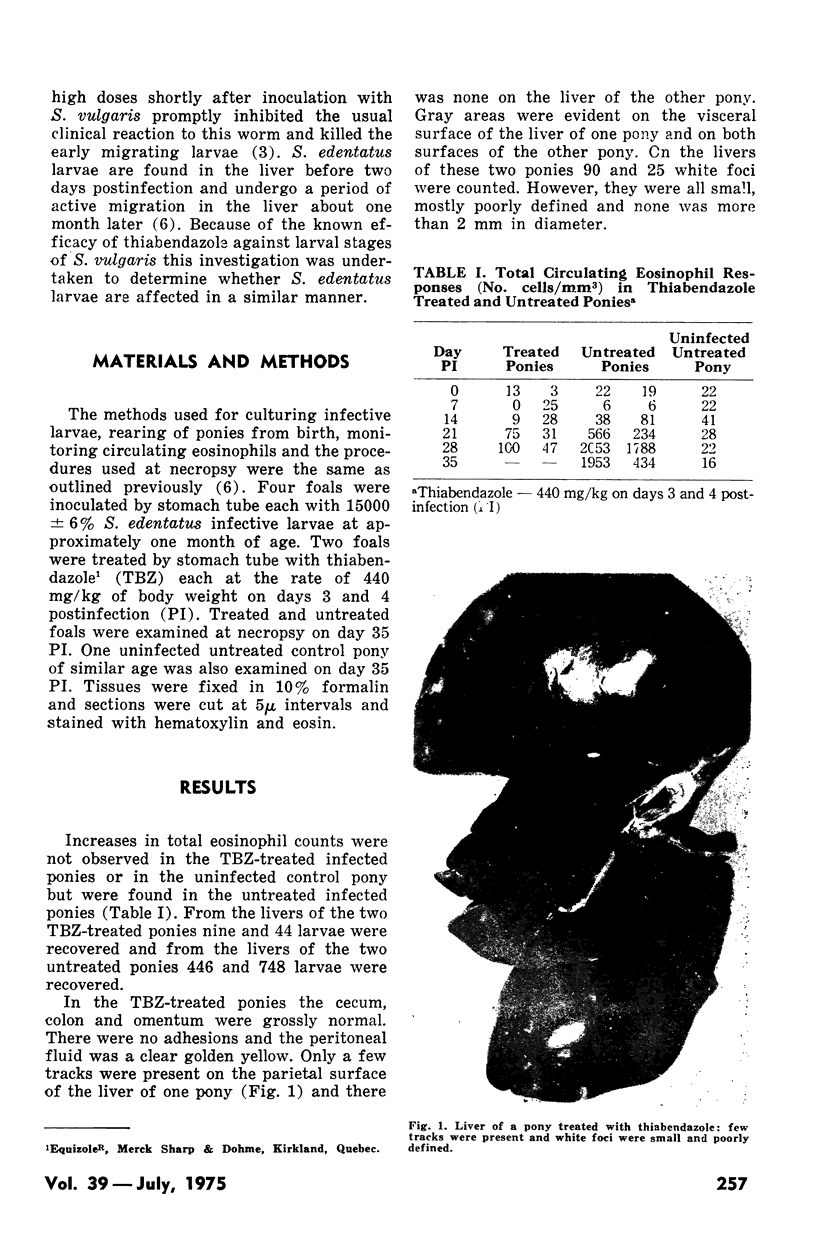
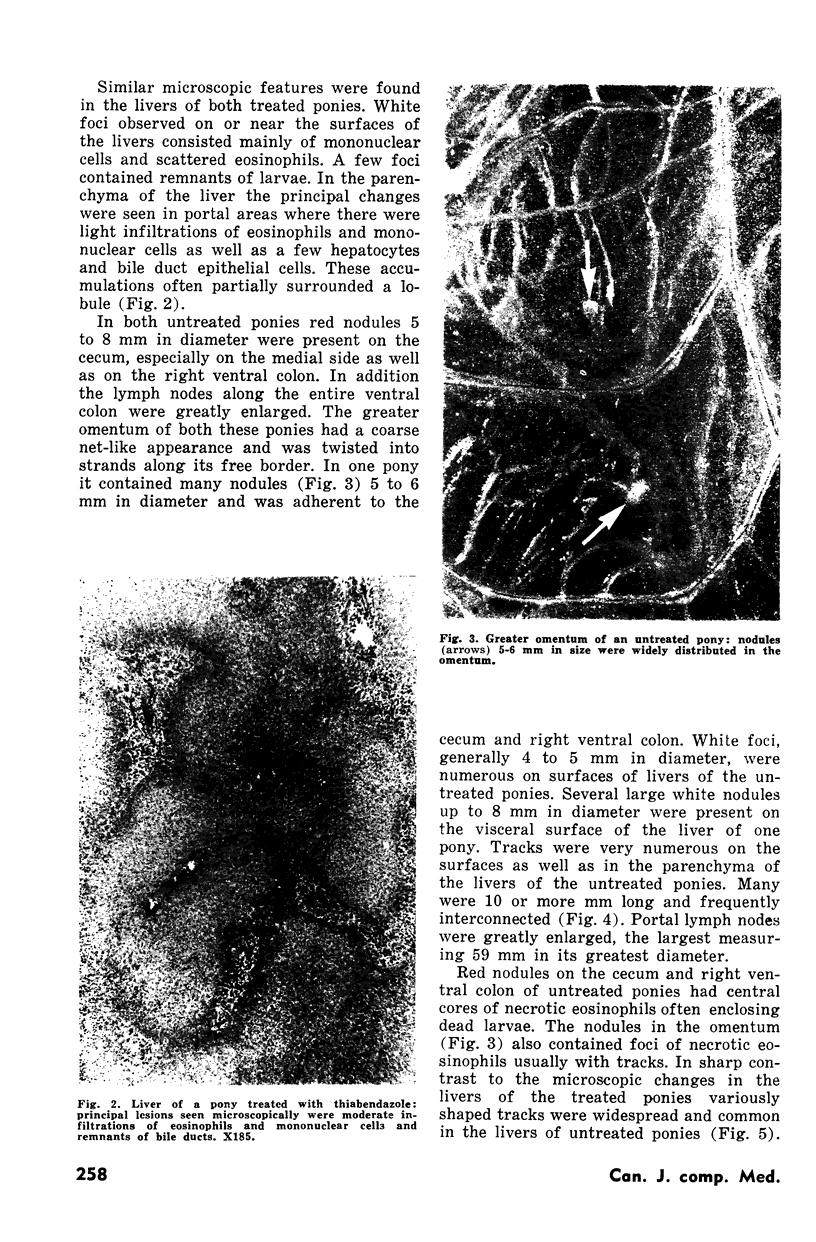
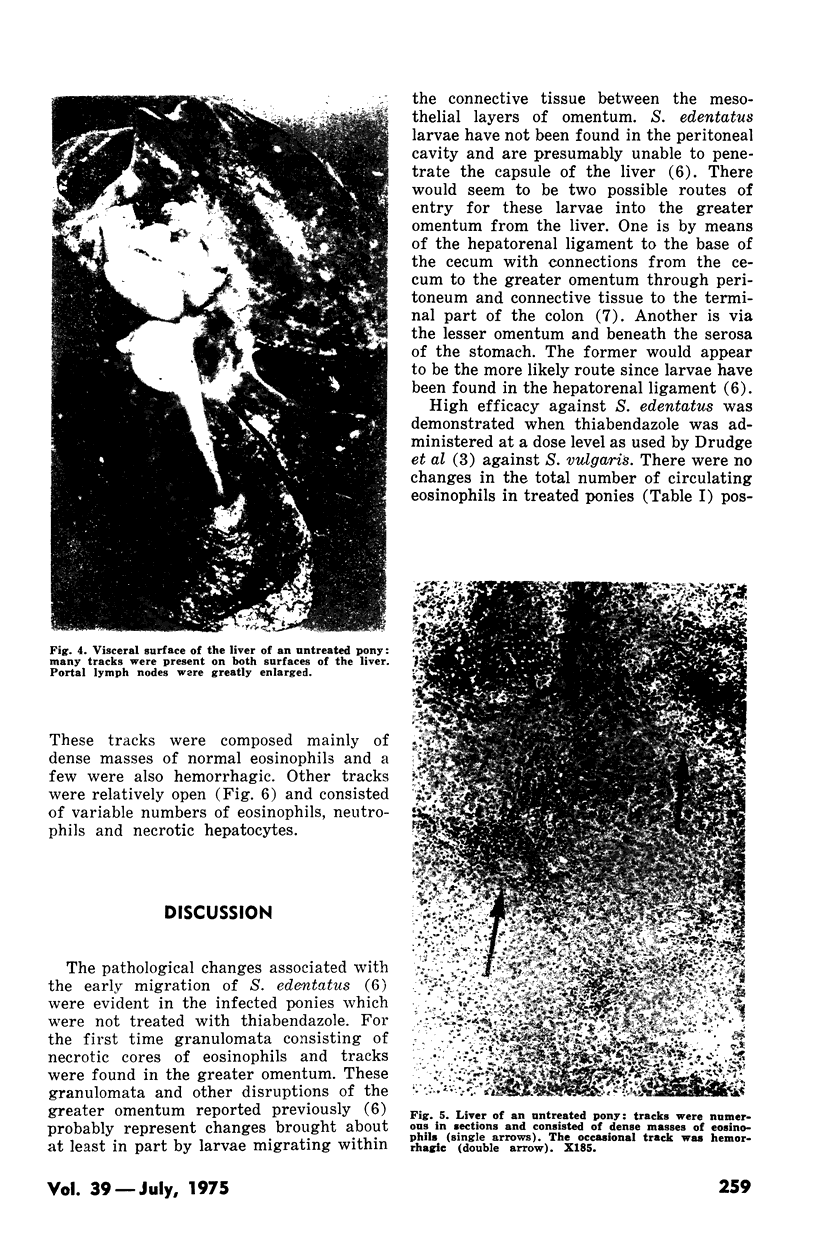
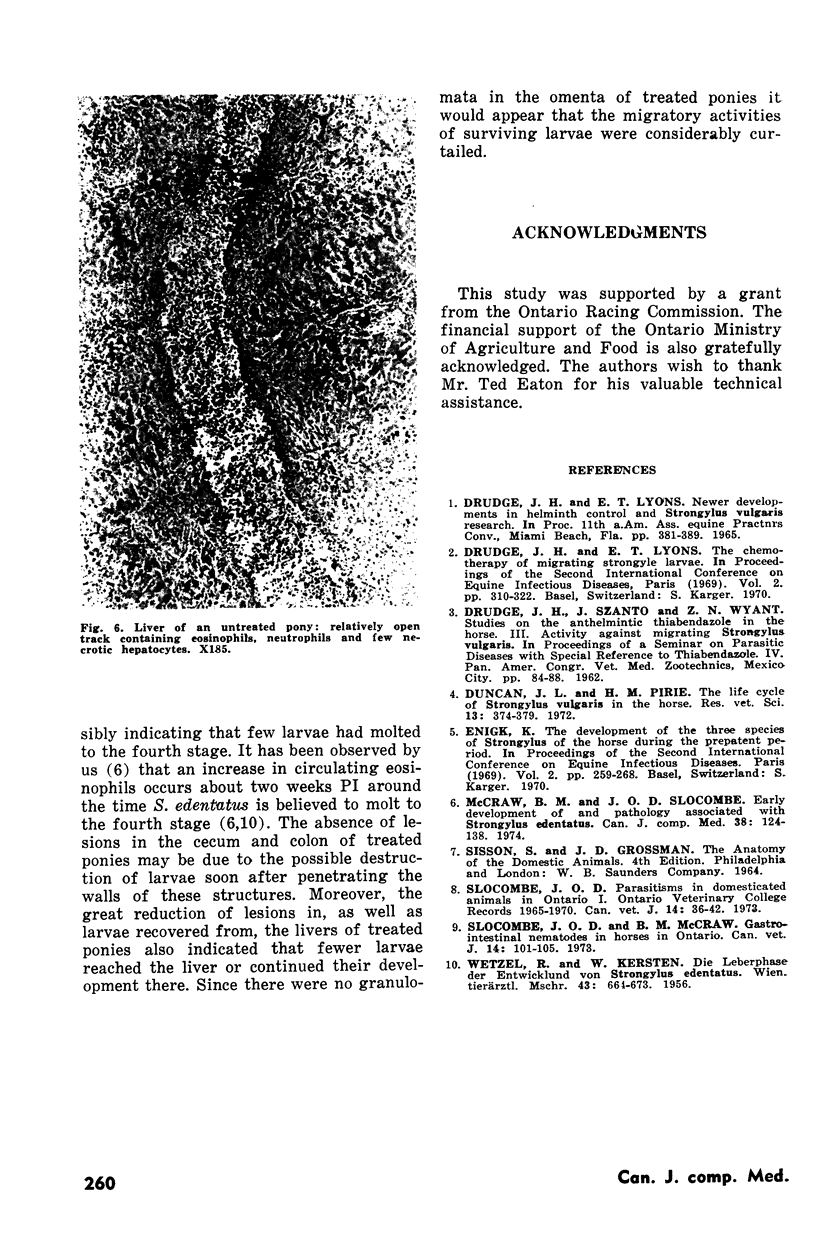
Images in this article
Selected References
These references are in PubMed. This may not be the complete list of references from this article.
- Duncan J. L., Pirie H. M. The life cycle of Strongylus vulgaris in the horse. Res Vet Sci. 1972 Jul;13(4):374–379. [PubMed] [Google Scholar]
- McCraw B. M., Slocombe J. O. Early development of and pathology associated with Strongylus edentatus. Can J Comp Med. 1974 Apr;38(2):124–138. [PMC free article] [PubMed] [Google Scholar]
- Slocombe J. O., McCraw B. M. Gastrointestinal nematodes in horses in Ontario. Can Vet J. 1973 May;14(5):101–105. [PMC free article] [PubMed] [Google Scholar]
- Slocombe J. O. Parasitisms in domesticated animals in Ontario. I. Ontario Veterinary College Records 1965-70. Can Vet J. 1973 Feb;14(2):36–42. [PMC free article] [PubMed] [Google Scholar]



